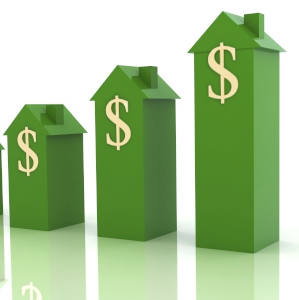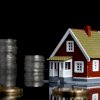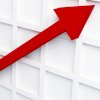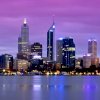New figures have revealed the best-performing areas in Australia, with suburbs in various states experiencing in excess of 45 per cent price growth.
The best performing suburb in Australia was Keiraville in Wollongong, with median unit prices growing by 49.49 per cent according to the figures released by CoreLogic RP Data.
Figures for Seven Hills in Sydney’s western suburbs reaffirm the growing popularity of that region, with buyers looking further away from the city’s CBD. Twelve-month growth for units in the suburb, located in the Blacktown Local Government Area, was recorded at 47.83 per cent, ranking it second in New South Wales.
Wayville, located in Adelaide’s inner south, was the suburb with South Australia’s highest 12-month growth rate, at 47.25 per cent.
Peter Koulizos, property mentor and author of The Property Professor, said that to a casual observer Wayville typified inner-city Adelaide.
“Wayville is a classic inner-city suburb full of character or period-style homes, and there’s a mixture of large homes on large blocks, smaller character homes on smaller blocks, to your typical cream brick, walk-up flats,” he said.
One point of difference is the high proportion of units to other dwellings, marked by the fact that the high growth figures were for unit sales.
“Forty-five per cent of the stock are separate houses and the rest are either semi-detached terrace houses or flats or apartments, which is very different to the South Australian average for a suburb, where 80 per cent are separate houses. So, it does have quite a high concentration of smaller dwellings,” he said.
Mr Koulizos believes that the growth of unit prices in a market which largely preferences detached dwellings is explained by Wayville’s continuing popularity with international students looking to get a taste of Adelaide while remaining in close proximity to their university campus.
“It’s very close to the city, where the universities are. Half of the major university campuses are situated on Northern Terrace in the city, as is the largest TAFE campus," he explained.
“We’ve got a train going along the western boundary, with the nearest stop at the Adelaide showgrounds, and then we have a tramline that runs along virtually the southern and eastern boundary and of course, you’ve got buses along the main road, Goodwood Road and Granville Road, but I mean you can walk to town. You’re not more than a kilometre from the edge of the city; you just have to walk across the parkland.”
Mr Koulizos predicts that demand from international students will continue to be one of the key drivers for the Adelaide property market, particularly in the wake of South Australia’s declining manufacturing and resources industry.
“The last 12 months have been very slow for South Australia and Adelaide. There’s been a lot of doom and gloom with the forthcoming closure of Holden; we’ve also got Santos… they’ve shed a lot of people.
“The positive is the Australian dollar dropping because South Australia’s very dependent on manufacturing and agriculture and international students, which are generally our three biggest exports. The lower Australian dollar is going to help South Australia and other states like Victoria, which are heavily dependent on manufacturing and international students - it’s going to help us greatly in the short to medium term,” he explained.
Moving east, the ACT market appears stagnant compared to the rapid growth experienced in states like bordering New South Wales, with the exception of a few high-performing suburbs situated in areas of recent development.
Kingston was the ACT’s highest growth suburb, with a rate of 39.34 per cent for houses for the 12-month period.
Penny Hyde, principal of buyer’s agency Penny Hyde, attributes the suburb’s popularity to the development of a thriving dining and leisure precinct along the foreshore of Lake Burley Griffin.
“The recent development of the Kingston Foreshore has brought a new energy to a previously under-utilised part of the suburb. Residents of the stunning lakefront apartments enjoy views to the city and several major Canberra landmarks along with established parks and walking paths, and all only five kilometres from the city,” she said.
In a city typically dominated by detached dwelling sales, Kingston bucks the trend.
“The apartment market is the key to good investment in this suburb .Two-bedroom, two-bathroom is a popular option for investors because it meets the needs of the predominant target market, which is generally young professionals,” Ms Hyde explained.
Casey continued to be a strong performer in Canberra, where the market in general continues to fall well short of the highs achieved in neighbouring New South Wales. Median prices climbed by 22.61 per cent for houses off the back of 154 sales, ranking third in the territory.
Ms Hyde explained that the suburb is becoming increasingly popular with younger demographics attracted by both its established infrastructure and facilities slated for future development.
“Casey, one of the newer suburbs of Canberra, offers a perfect start for young families and couples. Future development set for the suburb includes a 14,000 metre-squared shopping and community facility. This will complement the existing green spaces, walking trails and pretty streetscapes of the suburb, which include underground power and NBN,” she explained.
The suburbs in each state to experience in excess of 45 per cent growth in median prices are as follows:
New South Wales:
Keiraville: 49.49%
Seven Hills: 46.84%
Hay: 45.45%
Victoria:
Portland: 47.54%
Caulfield East: 45.57%
South Australia:
Wayville: 47.25%
Clayton Bay: 45.40%
Paringa: 45.24%








